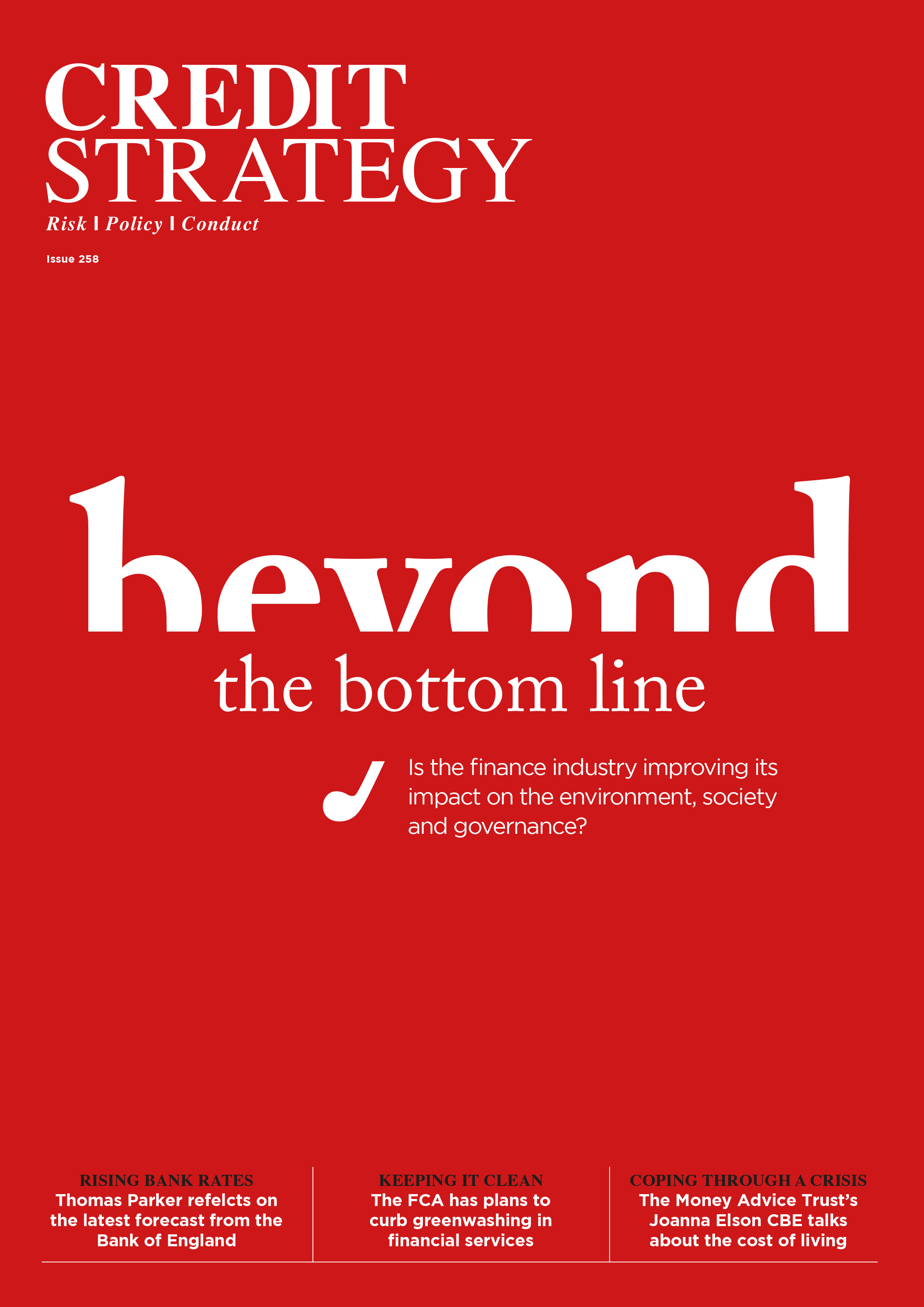Live chat encourages “more upfront” vulnerable customers
| PREMIUM |
Live chat offers huge opportunities in connecting with more vulnerable customers, a recent Members-only roundtable revealed.
During this Members-only event held on 27 April, Credit Strategy Premium Members discussed the benefits of live chat – with every attendee’s organisation at different phases of implementation. Some were considering beginning development, others were testing pilots and it was already in operation for a couple of attendees’ businesses.
Members taking part worked at HSBC, Billing Finance, Commonwealth Bank of Australia, Tesco Bank, Evolution Funding and Fair Finance.
From an operational perspective, one of the members with a pilot scheme in place said there are “two routes” for customers to reach a live chat with its financial support team.
The first is from an agent in the wider contact centre recognising the customer is in financial difficulty, who refers the customer to the web chat team. The second is via a bot that identifies “key words”, which would then route the customer through to the web chat.
They also noted that, for the pilot, staff work equal shifts on the telephone and live chat, so that both channels are effectively covered.
Resource challenges
Another member said, as a small business, they are “not blessed with resource” and so, whilst they would like to be “multi-channel agents”, certain restrictions made this difficult.
One participant suggested they had not yet “jumped in” to live chat because of concerns surrounding compliance, oversight and recruiting multi-skilled staff.
They noted the prospect of anti-social hours impeding their desire, due to “expectation of the 24/7 living”. Although their other digital channels can cope with round-the-clock accessibility, live chat would be a step too far.
Live chat’s different functionalities were highlighted by another attendee. They explained their “asynchronous” live chat system, whereby agents could go offline, make necessary enquiries where required and get back to the customer as quickly as possible. This negated a need for 24/7 operation because “the customers won’t respond back” at “3am in the morning”.
Indeed, their “peak volume of agency” is more or less aligned with office hours, running from about 7am until 4pm.
Staff attrition
One member said they had “always found” staff sick days and attrition rates to be “pretty high” in call centres, but that using live chat as a response tool had reduced both within the team. Another pointed out that this may be linked with call centre staff being “locked in” to difficult calls, whereas, during live chat, agents are more able to take time to assess the situation, refer to training materials, or defer to a supervisor. They also noted that reading, rather than hearing, about a vulnerable situation depersonalizes the situation, making it less heavy on the agents.
A proponent of the service said “it’s much easier to predict, forecast and manage your workforce” due to “much lower attrition” as a result of “happier staff” – as well as “better responses” for customers.
Vulnerability
The challenge of identifying vulnerable customers was “a big concern” for one of the members with an up-and-running live chat service because the verbal cues are “quite obvious” over the telephone, and they might be lost via live chat.
Although they are “still measuring some aspects” of the pilot, they found that customers “seem to be much more upfront about disclosing their vulnerability on the web chat” than over the telephone – and that the information is given “much more quickly”.
Another noted that, whilst the voice cues are absent, agents can still “go into the history” to view customers’ balances. Also, customers over the phone might have to speak to several different agents, whereas they try to keep to one agent per customer on webchat.
One further measure to best assess vulnerability was identified by one organisation as attempting to understand the percentage of telephone chats via voice and vulnerability, and compare it with the percentage of those flagged on live chat.
Customer journey
The question of whether any of the organisations had actually gone “fully through a [customer] journey completely through live chat” was posited.
In response, a participant said they were “probably somewhere just shy of 100” customers going through to forbearance, and that that figure is “broadly comparable” in terms of the forbearance per contact they would see on the phone. However, they said that it is still soon to give figures about “persistency of those solutions”.
However, its net promoter score (NPS) dropped by more than half when the organisation paused offering forbearance and asked customers to contact them via phone. Live chat had offered the customer the best forbearance plan, but on being asked to revert to the phone to set it up, that was “very unpopular with customers”.
This left the member in a predicament, they said, because the business also has a duty of care to adhere to – “just because the customers want that, it doesn’t mean it’s the right thing to do”.
Ultimately, an attendee wondered why firms cannot do the exact same activity with a live agent via the web as they would over the phone. They suggested it came down to “our own comfort levels” – but technically, we should eventually reach a point where everything can be done on the channel chosen by the customer.
Stay up-to-date with the latest articles from the Credit Strategy team
READ NEXT
Women in Credit Conference 2024 launches
Via Atal: Unlocking global growth
The Budget - 2p National Insurance cut confirmed by the Chancellor
Get the latest industry news









